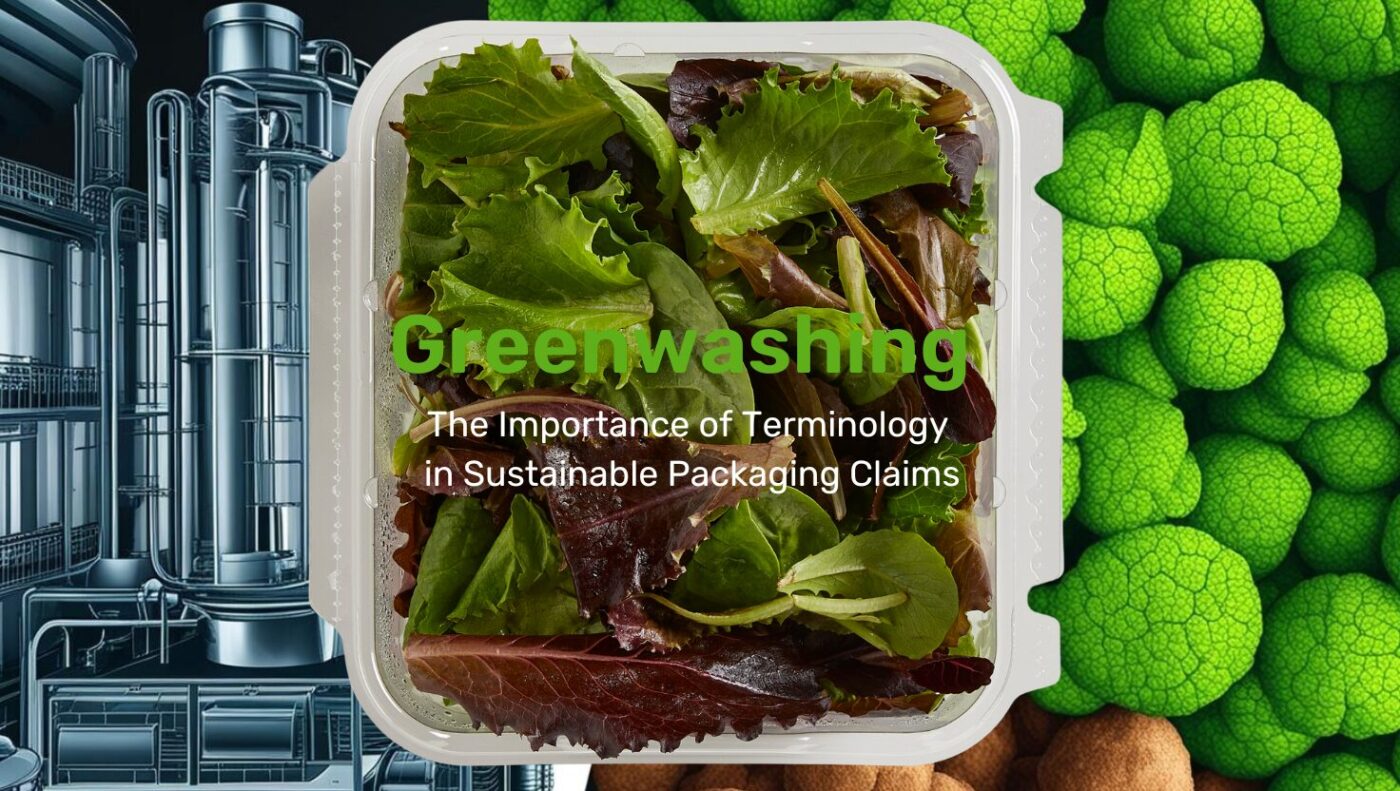As you are working with your packaging company to develop a design, they may tell you they will be utilizing thin gauge for your project. However, you may be wondering what exactly this method entails and how it can be advantageous for your packaging. At PI, we utilize thin gauge packaging for a wide variety of our products. To help you, we’ve provided an explanation about thin gauge packaging and its benefits.
What is Thin Gauge Packaging?
Thin gauge describes the process in which plastic molds into a form. Packaging that utilizes thin gauge is used more in the packaging setting, whereas heavy gauge is used to create actual products. The process for creating thin gauge packaging is not labor intensive, creating fast cycle times. Thin gauge is also much more widely used than heavy gauge. Eighty-one percent of companies use thin gauge, whereas 19 percent use heavy.
The Advantages of Thin Gauge Designs
Thin gauge packaging designs is more widely used for its many advantages, including:
- Meets Your Specifications—Thin gauge is most commonly utilized for the food packaging industry. In fact, of those who use thin gauge, food packaging makes up 75 percent of the market. Since this is such a large market, packaging companies must have specialized equipment and industry knowledge to meet food packaging specifications. This is also common for medical packaging, where packaging must meet medical-grade standards for sanitation and sterility.
- Catering to a Wide Market Base—In addition to the food and medical industries, retail markets also use thin gauge designs. To create custom blister packaging designs for products like cell phones, packaging companies will use thin gauge machinery. Other packaging designs–such as box sets for perfumes, retail clamshells and tri-fold packaging–also utilize thin gauge packaging.
- More Easily Produced—Because thin gauge is such a leading method for plastic packaging creation, these designs can be created through a wide range of equipment for various sized projects. For smaller, trim-in-place or medium size designs, packaging companies can utilize roll fed thermoformers. Specialists can use extrusion-fed thermoformers for clients who have large scale in-line packaging designs. No matter what size you need for your project, you’ll know they can meet your needs with thin gauge packaging.
- Cost Advantages—Because thin gauge molds require less detail, are relatively uncomplicated and are created with common materials, their packaging designs are often cost effective.
- Can Use Multiple Types of Plastic—When you’re consulting with your packaging company to develop a design, you may have a specific plastic type you would like to use. With thin gauge, you have a wide variety of options. This packaging style uses the common plastics for thermoforming, including ABS, PET, HIPS, HDPE, PETG, PVC, RPET and more. The most commonly used packaging style for custom food packaging is RPET.
For more information on thin gauge packaging, contact a PI specialist.



